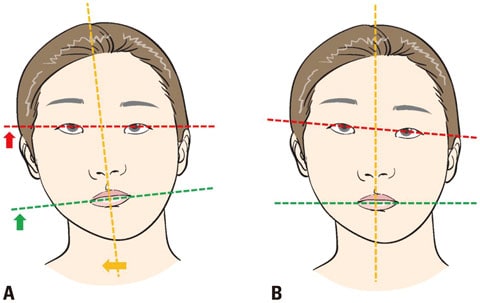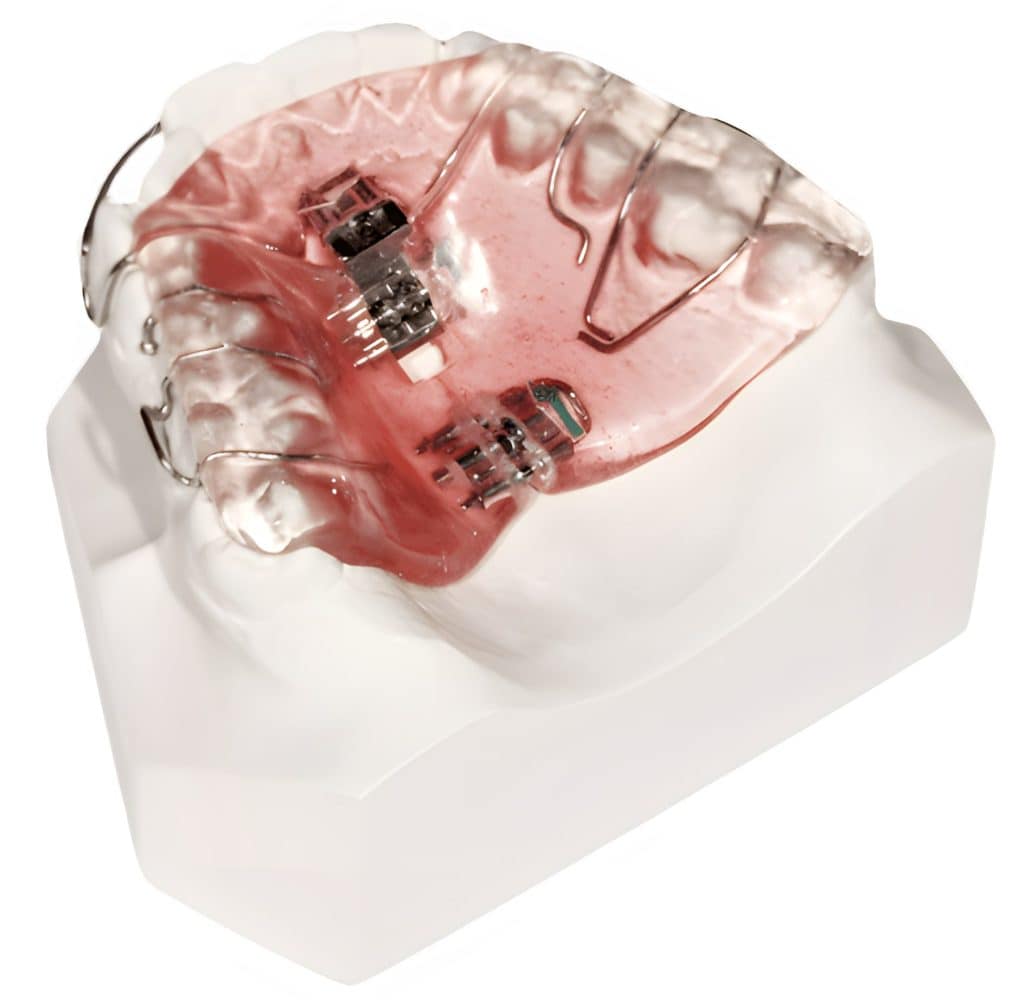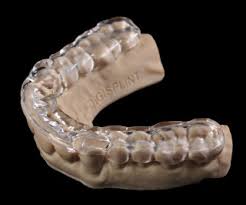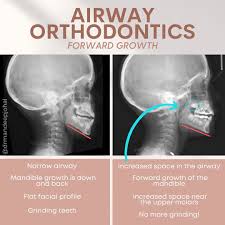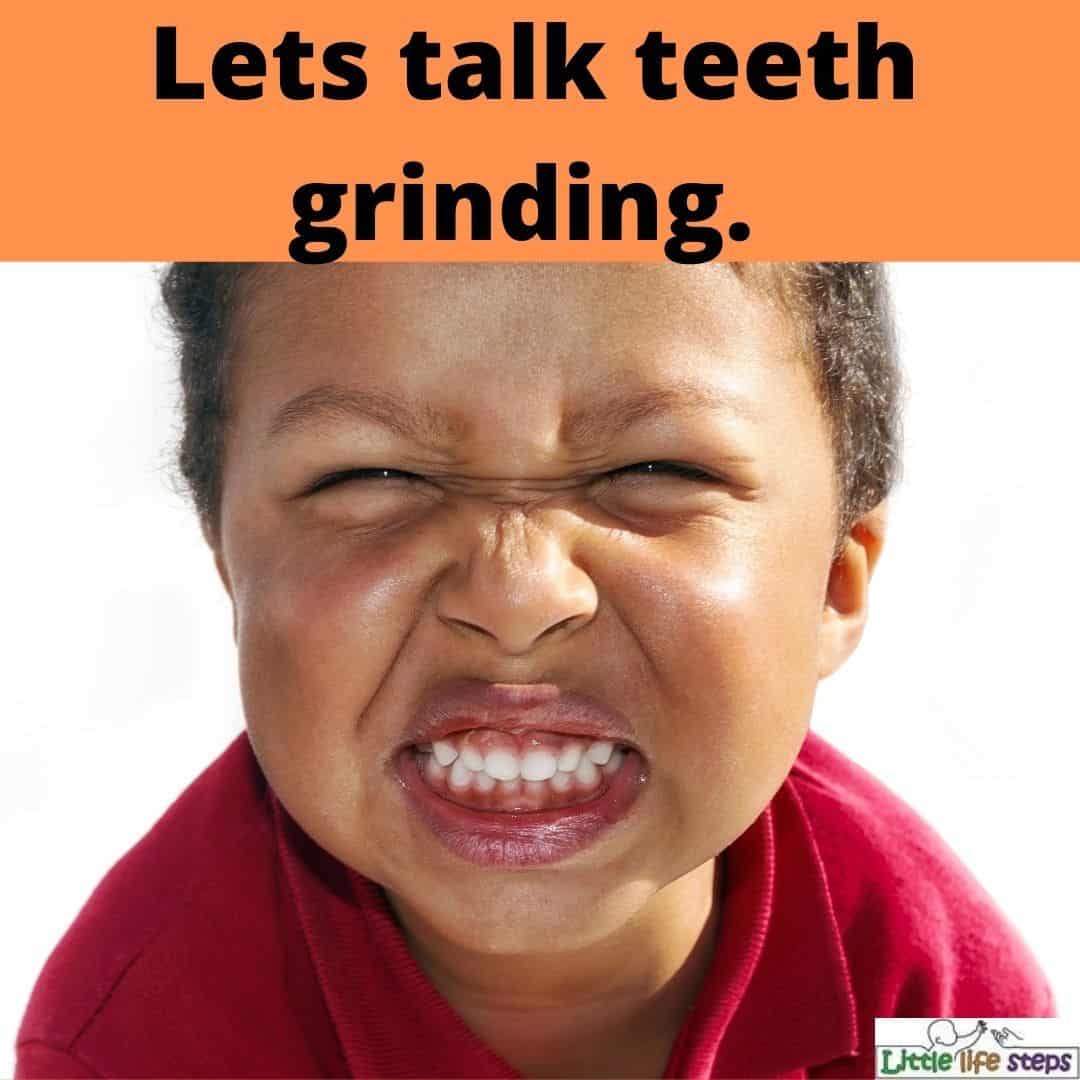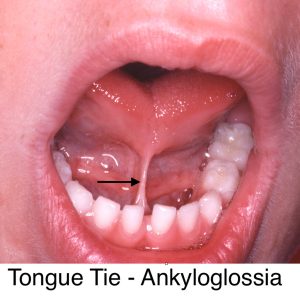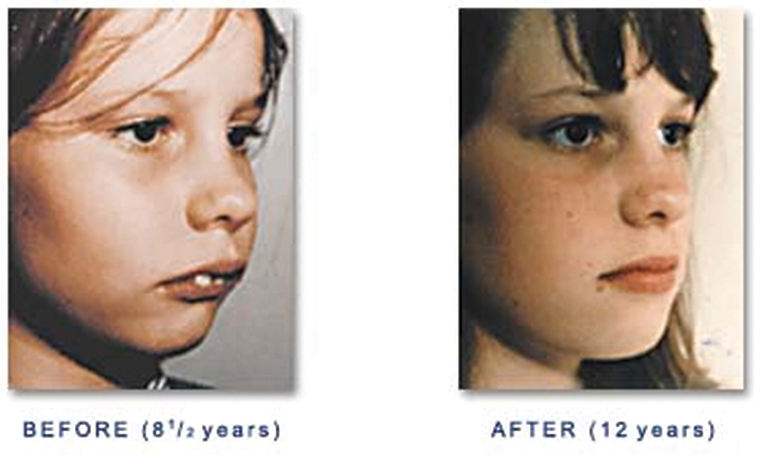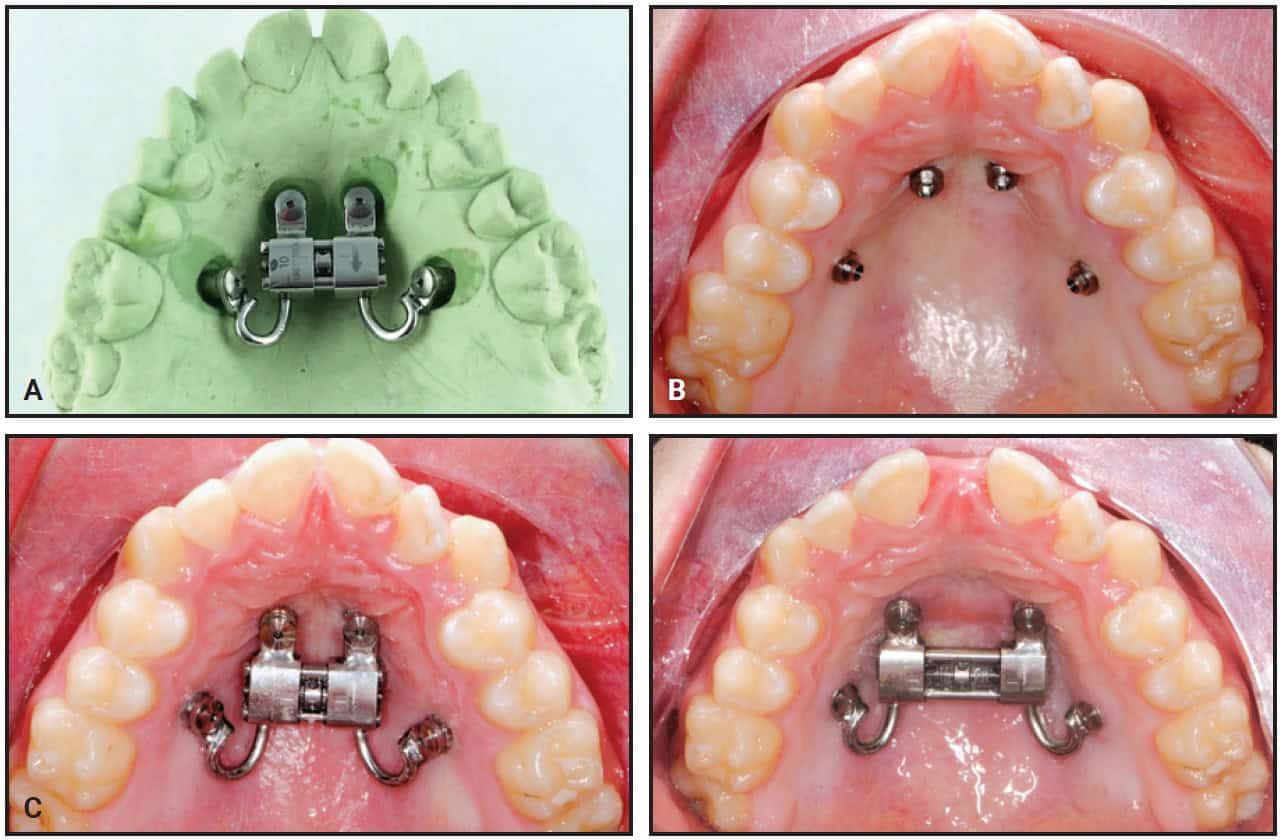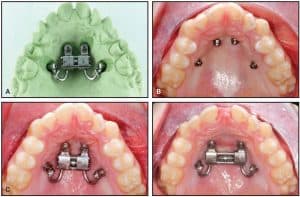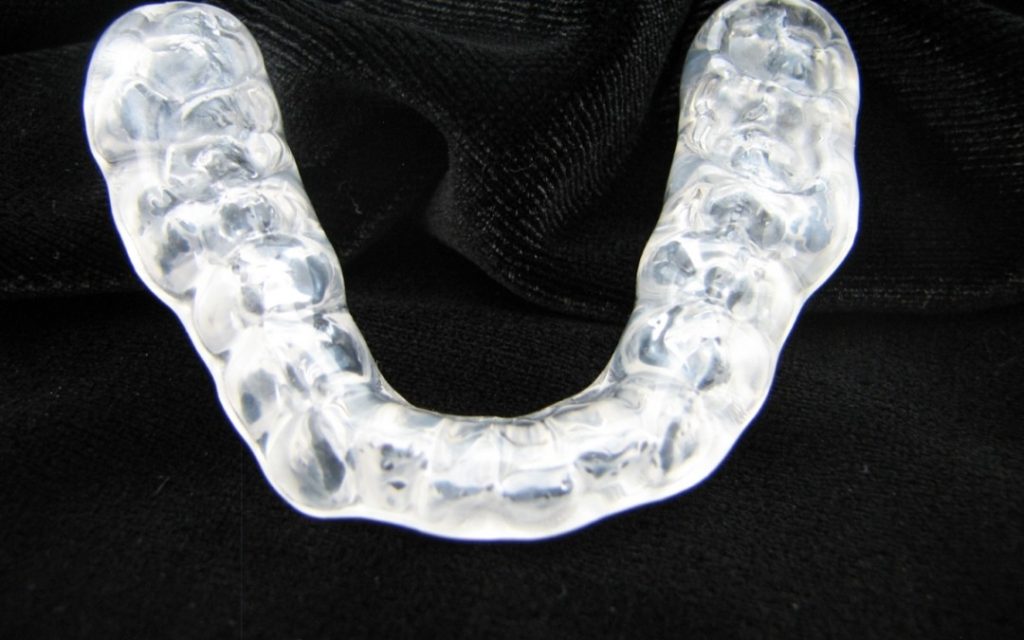
Ehlers-Danlos Syndrome (EDS) is a connective tissue disorder known for causing joint hypermobility, chronic pain, and widespread instability—especially in the head, neck, and spine. Many EDS patients live with constant discomfort, unexplained tension, and musculoskeletal misalignment that conventional medical and dental treatments often overlook.
What many don’t realize is that jaw position and bite alignment play a crucial role in overall postural stability. At TMJ Sleep and Breathe Center, we offer a treatment approach that can relieve these interconnected symptoms: neuromuscular bite splints.
Understanding the EDS Connection: Why Bite Matters
EDS patients often experience:
- Craniocervical instability (CCI)
- Atlantoaxial instability (AAI)
- Neck and shoulder tension
- Chronic headaches or migraines
- Poor postural control
- Jaw pain, clicking, or facial tension
When the jaw is misaligned—even slightly—it disrupts the delicate balance of the muscles that connect the head, jaw, neck, and spine. This leads to compensation patterns throughout the body, which worsen the instability already present in EDS.
A properly designed bite splint can reduce these imbalances and ease the burden on overstretched or overactive muscles.
Why a Bite Splint (Not a Night Guard) Is Key for EDS Patients
Most EDS patients who seek dental help for clenching, TMJ, or jaw pain are prescribed night guards. While night guards protect the teeth from grinding, they do not:
- Address the root cause of clenching
- Balance the bite or jaw joints
- Improve posture or neuromuscular function
- Reduce muscle overactivity
In fact, bulky upper night guards may interfere with natural cranial motion, which is critical for patients with connective tissue instability.
By contrast, a bite splint (also called a TMJ orthotic or neuromuscular splint) is a custom therapeutic appliance that:
- Fits the lower teeth, preserving cranial rhythm
- Repositions the jaw into a neutral bite position
- Relieves tension in the masseter, temporalis, and trapezius muscles
- Helps align the head and neck
- Encourages better tongue posture and airway function
Stabilizing the System: Head, Neck & Spine
Because the jaw joint (TMJ) is intimately connected with the upper cervical spine, correcting the bite has cascading effects:
- Improved jaw alignment reduces cervical strain
- Balanced muscle tone leads to less neck and shoulder tension
- Neutral head posture can relieve back pain and instability
- Proper tongue position supports the airway and spinal posture
For EDS patients, whose joints are already more vulnerable to misalignment, restoring neuromuscular harmony is not just helpful—it’s essential. Bite splints are sometimes incorrectly called occlusal guards or occlusal orthotic devices.
Our Process: Precision Bite Splints for EDS Support
At TMJ Sleep and Breathe Center, our bite splints are crafted with exceptional precision. This is not a boil-and-bite or lab-milled night guard. We use:
- CBCT imaging to evaluate your airway and TMJ joints
- Jaw tracking to assess muscular function and movement
- Precise bite registration to capture the true neutral position
- Custom lower appliances to support cranial movement
These devices are often the first step in treating chronic pain, instability, and dysfunction in EDS patients.
Who Can Benefit?
A properly calibrated bite splint may be ideal for EDS patients dealing with:
- Chronic head or neck pain
- Jaw clicking, locking, or muscle fatigue
- Difficulty maintaining upright posture
- Cervical spine or craniocervical instability
- TMJ-related dizziness, tinnitus, or balance issues
- Airway dysfunction or sleep-disordered breathing
We often use the bite splint as a diagnostic and therapeutic tool, sometimes in conjunction with:
- Orthodontic expanders
- Clear aligners (e.g., Invisalign)
- Postural rehabilitation
- Myofunctional therapy
In Summary-Bite Splint Therapy for EDS patients
For EDS patients, the road to pain relief and postural stability can feel long and frustrating. But addressing the jaw as a foundational structure of the head and neck may be the missing piece.
A bite splint is not just about the teeth—it’s about calming the entire musculoskeletal system and giving the body a stable foundation from the top down.
If you’ve been told to wear a night guard but still experience pain, fatigue, or instability, we invite you to schedule a consultation. Let’s determine whether a custom neuromuscular bite splint can help restore balance and comfort in your life.
 703-712-1053
703-712-1053 
